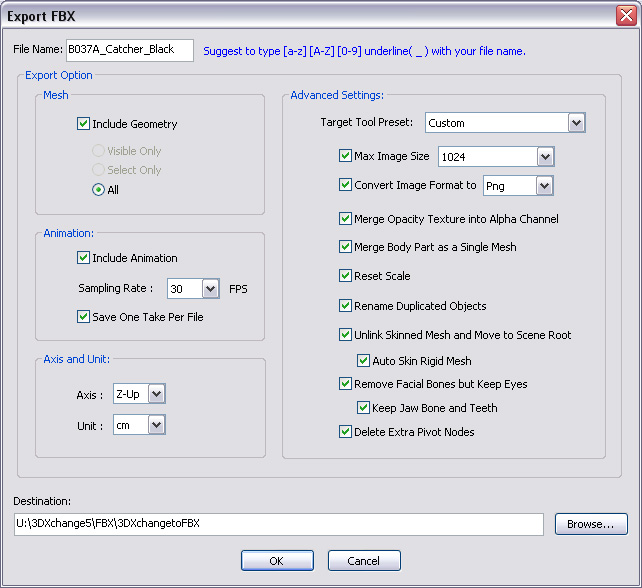

We will focus on mesh objects for the rest of this article. Shape keys are available for mesh and curve objects. Other examples would be when the landing wheels of an airplane moves into position or perhaps the arm of an industrial robot moves and twists while performing its work. That would require a more complex rig tailored for each case. For example the folding of a beach chair or the motions of a character. So, when do we not want to use shape keys? Well, we probably don't want to use a shape key when a transformation becomes too complex. Instead of creating a rig we can create a shape key for simpler animations and animate the shape key values instead. Likewise, we could have a door object where we can open or close the door with a shape key instead of having to transform the doors position manually. Instead of creating three different objects we can create one object and use a shape key to adjust the drawers position. Sometimes we want the drawer to be slightly open, sometimes closed, and sometimes fully open.

Let's pretend that we have a bedside table with a drawer.

We want to use shape keys when we need multiple versions of the same object. We will also take a simple example and explore how we can export shape keys to be imported in another application such as a game engine. In the rest of this article we will take a deeper dive into shape keys and explain further the details and use cases of shape keys. Adjust the “value” slider to see your object morph between the basis shape and your adjusted shape key.In the shape key section, make sure that the “key 1” is selected.Click the plus twice and select the “key 1” entry.Go to the object data tab and open the shape key section.In other applications shape keys can also be called morph targets. Shape keys, or previously called Relative Vertex Keys (RVK) in Blender is a simple and effective tool to set up basic animations or different versions of the same object.


 0 kommentar(er)
0 kommentar(er)
